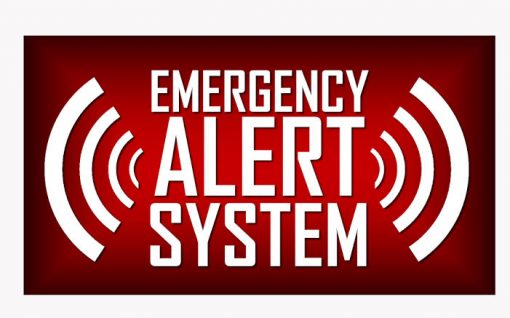
What is the function of an EAS?
The Emergency Alert System (EAS) is a national public warning system that enables the President of the United States to address the American people within 10 minutes during an emergency. It provides state and local authorities with an effective way to deliver important emergency information, such as weather warnings and AMBER alerts, quickly and accurately to a wide audience. The EAS also serves as a platform for delivering critical safety messages from federal agencies like FEMA, NOAA, HHS, DHS, EPA and others.
The Emergency Alert System (EAS) is a nationwide public warning system that allows the President of the United States to address the American public during emergencies. The EAS works by broadcasting emergency messages over television, radio, and other communications systems such as cable TV, satellite radio, and wireless devices. When an alert is issued, it is sent out through all participating stations in a specific geographic area. This means that everyone within range of those stations will receive the same message at the same time. The EAS also includes special equipment for transmitting alerts directly to people with hearing or vision impairments who are using specialized equipment such as closed captioning decoders or text-to-speech synthesizers. To ensure that everyone receives these important messages in a timely manner, broadcasters must be prepared to activate their EAS systems quickly and accurately when they receive an alert from authorized officials. Once activated, broadcasters must follow strict guidelines on how long they should transmit each message and how often they should repeat it until it has been heard by all viewers or listeners in their broadcast area.
The Emergency Alert System (EAS) is a national public warning system that allows government officials to quickly and effectively alert the public in the event of an emergency. It can be used to issue warnings about natural disasters, terrorist attacks, Amber alerts for missing children, civil emergencies such as hazardous chemical spills or nuclear power plant accidents, and other urgent situations. There are several different types of alerts issued through the EAS: Presidential Alerts are issued by the President of the United States in times of national emergency; Imminent Threat Alerts provide information on imminent threats to life or property; Child Abduction Emergency (Amber) Alerts notify citizens when a child has been abducted and needs assistance locating them; Severe Weather Warnings inform people about severe weather conditions like tornadoes or hurricanes; Civil Danger Warnings warn citizens about dangerous civil events such as riots or hazardous material spills; Local Area Emergency Messages provide localized information on specific areas affected by an emergency situation; Nuclear Power Plant Warning Messages inform people living near nuclear power plants if there is a potential danger from radiation leaks. All these types of alerts help keep citizens informed during times of crisis so they can take appropriate action.
The Benefits of an Effective Emergency Alert System
An effective emergency alert system can provide vital information to the public in times of crisis, helping them make informed decisions about their safety. It can also help first responders and other emergency personnel coordinate their efforts more efficiently, saving lives and property. An effective emergency alert system should include a variety of methods for delivering alerts quickly and accurately, including radio broadcasts, text messages, emails, phone calls, sirens or loudspeakers. Additionally, it should be able to reach people who may not have access to traditional media outlets or may be unable to receive notifications due to physical disabilities or language barriers. By providing accurate information in a timely manner during emergencies such as natural disasters or terrorist attacks, an effective emergency alert system can help reduce panic and confusion while enabling individuals to take appropriate action for their own safety.

What Does the Emergency Alert System Do?
The Emergency Alert System (EAS) is a national public warning system that enables authorities to quickly and effectively alert the public about emergencies. It is used by government agencies, including the President of the United States, to deliver important emergency information such as weather warnings, natural disaster alerts, AMBER alerts for missing children, and other critical information. The EAS also provides an effective way for state and local governments to communicate with their citizens in times of crisis.
